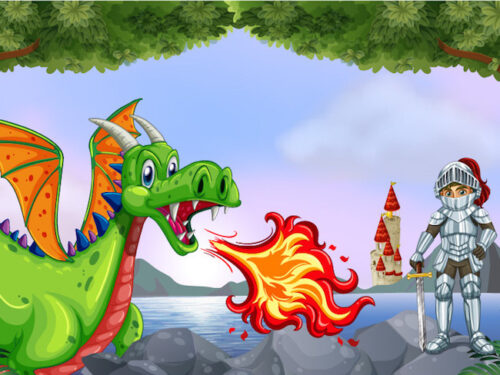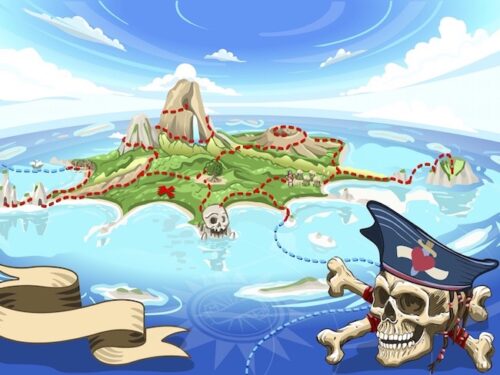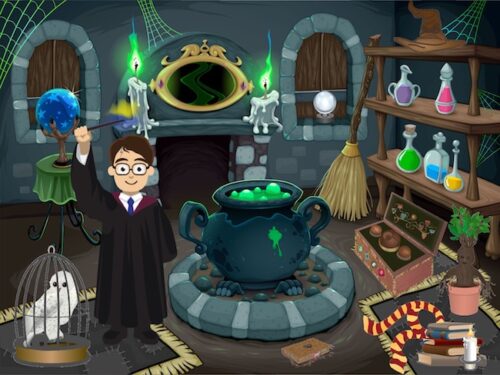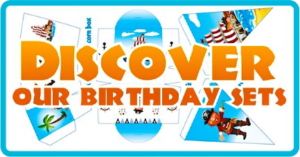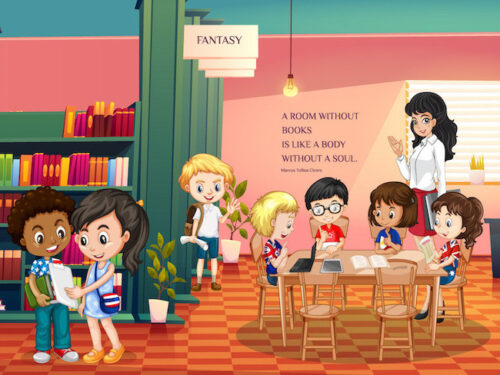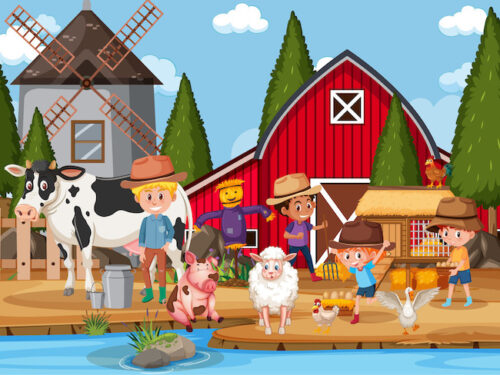Create a treasure hunt in 7 simple steps to captivate children’s imaginations and provide them with a memorable adventure. Treasure hunts are an exciting and interactive activity that can transform any event into a thrilling experience. Whether it’s for a birthday party, a family gathering, or just a fun afternoon, follow these steps to organize a successful and engaging treasure hunt.
Check out our escape room kits to play with your family
Step 1: Choose an Engaging Theme to Create a Treasure Hunt in 7 Simple Steps
Selecting the right theme is crucial for ensuring the treasure hunt captures the children’s interest and excitement. A well-chosen theme sets the tone and helps structure the entire activity. Here’s how to choose an engaging theme:
Determine the Children’s Interests: Consider what the kids are passionate about, whether it’s pirates, superheroes, fairy tales, or space exploration.
Popular Theme Examples:
- Pirates: An adventure searching for hidden treasure with old maps and chests.
- Superheroes: Solving puzzles to defeat villains and save the day.
- Fairy Tales: Magical quests involving princes, princesses, and mythical creatures.
- Space Explorers: Intergalactic missions to find lost artifacts on different planets.
How to Integrate These Themes:
- Decorations and Costumes: Use themed decorations and encourage kids to dress up according to the theme.
- Narration: Start with a captivating story that introduces the theme and motivates the children. For example, “Captain Blackbeard has hidden his treasure on this island, and you must find it before other pirates do!”
By choosing an engaging and immersive theme, you can transform a simple treasure hunt into an extraordinary adventure that the children will remember.
Check out all our treasure hunt games to liven up a birthday party for children from 4 to 12 years old.
Step 2: Create an Engaging Story for Your Treasure Hunt in 7 Simple Steps
A captivating story is essential to bring your treasure hunt to life. It serves as the guiding thread and keeps the children motivated to participate actively. Here’s how to craft an engaging story:
Develop a Simple Yet Intriguing Plot: Create a straightforward but exciting storyline that fits the chosen theme. For example, for a pirate theme, the story could be about finding Captain Blackbeard’s hidden treasure.
Incorporate Characters and Missions:
- Characters: Introduce fictional characters like heroes, guides, or villains. For example, a pirate captain who provides clues or a villain to outsmart.
- Missions: Add tasks and challenges that the children must complete along the way. These can include solving puzzles, finding objects, or overcoming obstacles.
Examples:
- Pirate Theme: “The infamous pirate Blackbeard has hidden his treasure on this island. Your mission is to follow the clues and find the treasure before the other pirates!”
- Superhero Theme: “The supervillains have stolen the magical crystal that protects our city. You must find and solve the clues to retrieve the crystal and save the city.”
Maintain Engagement and Immersion:
- Dynamic Narration: Use lively and interactive storytelling to introduce the story at the beginning and at key stages of the hunt.
- Suspense and Surprises: Add moments of suspense and plot twists to keep the children engaged.
Creating an engaging story adds depth to your treasure hunt, making each step more exciting and immersive for the children.
Step 3: Plan the Hunt with a Roadmap to Create a Treasure Hunt in 7 Simple Steps
Effective planning is crucial for a smooth and enjoyable treasure hunt. Here’s how to create a clear roadmap:
Establish a Clear Plan: Outline the key steps of the treasure hunt, including the introduction, clues, missions, and the final treasure discovery.
Identify Key Points and Transitions: Determine when and where the children will receive clues and solve puzzles. Plan smooth transitions between each stage to maintain the flow of the game.
Organize and Log the Details:
- List of Clues and Locations: Document each clue and its hiding spot.
- Timeline: Set an approximate timeline for each stage to keep the game dynamic and within a reasonable duration.
Ensure Safety and Accessibility: Make sure all hiding spots and locations are safe and easily accessible for the children.
By following this roadmap, you ensure that the treasure hunt progresses smoothly and keeps the children engaged and entertained.
Take a look at our police investigation games to organize a great detective game!
Step 4: Select and Prepare Hiding Spots
Choosing strategic hiding spots is essential to make the treasure hunt exciting and manageable. Here’s how to do it effectively:
Choose Safe and Accessible Locations: Identify places that are secure and appropriate for the children’s age and abilities. Ensure that all hiding spots are easy to reach and safe.
Vary the Difficulty: Use a mix of easy and challenging hiding spots to keep the children engaged. For younger kids, hide clues in obvious places. For older children, select more obscure locations.
Prepare the Hiding Spots:
- Secure Placement: Ensure that each clue is well-hidden but not impossible to find.
- Protection from Elements: If the hunt is outdoors, protect the clues from weather conditions by using waterproof containers or bags.
Final Check: Before starting the hunt, double-check all hiding spots to ensure the clues are in place and secure.
By carefully selecting and preparing the hiding spots, you create an engaging and seamless treasure hunt experience for the children.
Step 5: Create and Vary the Clues
Clues are the heart of a treasure hunt. They keep the children engaged and challenged. Here’s how to create effective and varied clues:
Write Intriguing Clues: Tailor the complexity of the clues to the age group. Use riddles, puzzles, and simple codes that fit the theme.
Use Different Types of Clues:
- Riddles and Puzzles: Engage children’s problem-solving skills with wordplay and brain teasers.
- Coded Messages: Include simple codes for children to decipher.
- Physical Challenges: Integrate activities like finding objects or completing small physical tasks.
Progressive Difficulty: Start with easy clues and gradually increase the difficulty to maintain interest and challenge.
Examples:
- Pirate Theme: “To find the next clue, look where the ship’s anchor rests.”
- Superhero Theme: “Decode this message to reveal your next task: 3-15-4-5 (CODE).”
By creating and varying the clues, you ensure that the children remain engaged and excited throughout the treasure hunt.
Step 6: Prepare the Final Treasure
The final treasure is the highlight of the hunt and should be exciting and rewarding. Here’s how to prepare it:
Choose an Attractive Treasure: Select items that will delight the children, such as small toys, candies, or themed prizes that align with the hunt’s theme.
Package the Treasure:
- Decorative Containers: Use a treasure chest, a colorful box, or themed packaging to make the discovery more thrilling.
- Secure the Contents: Ensure the items are well-protected, especially if the hunt is outdoors.
Hide the Treasure:
- Final Clue: Create a compelling final clue that leads directly to the treasure. This clue should be a bit more challenging to add to the excitement of the final discovery.
- Strategic Placement: Hide the treasure in a location that is safe but requires effort to find, ensuring the children feel a sense of accomplishment.
By preparing an attractive and well-hidden final treasure, you provide a satisfying and memorable conclusion to the treasure hunt, making the effort and anticipation worthwhile for the children.
Please visit our website where we’ve compiled a comprehensive list of game ideas for children’s parties. You’ll find a wealth of fantastic suggestions!
Step 7: Organize and Host the Hunt
To ensure the treasure hunt runs smoothly and is enjoyable for all participants, follow these key steps:
Give Clear Instructions: Begin by explaining the rules, objectives, and how the hunt will proceed. Make sure the children understand how to follow the clues and what they are searching for.
Supervise and Assist: Ensure constant supervision throughout the hunt to guide the children and provide hints if they get stuck. Be ready to step in if any issues arise.
Maintain Engagement:
- Encouragement: Keep the children motivated with positive reinforcement and excitement.
- Adaptability: Be prepared to adjust the pace of the hunt based on the children’s energy levels and engagement.
Ensure Safety: Monitor the children to ensure they stay within the designated area and avoid any potential hazards. Always prioritize their safety.
Final Reveal: Once the final clue is solved and the treasure is found, gather the children for the big reveal and celebration.
By organizing and hosting the hunt effectively, you create a fun, engaging, and safe experience for all the participants, ensuring that the treasure hunt is a memorable event.
Conclusion
Create a Treasure Hunt in 7 Simple Steps to transform any event into an exciting adventure for children. By choosing an engaging theme, crafting a captivating story, planning with a clear roadmap, selecting strategic hiding spots, creating varied clues, preparing an attractive final treasure, and organizing the hunt effectively, you ensure a seamless and enjoyable experience.
Each step adds to the excitement and engagement, making the hunt not just a game, but an unforgettable journey. Whether it’s for a birthday party, family gathering, or just a fun activity, a well-organized treasure hunt will leave lasting memories and smiles.
Start planning your own treasure hunt today and explore more ideas and resources on our website to make every event extraordinary!
Explore our games crafted in French for an immersive and engaging experience!









